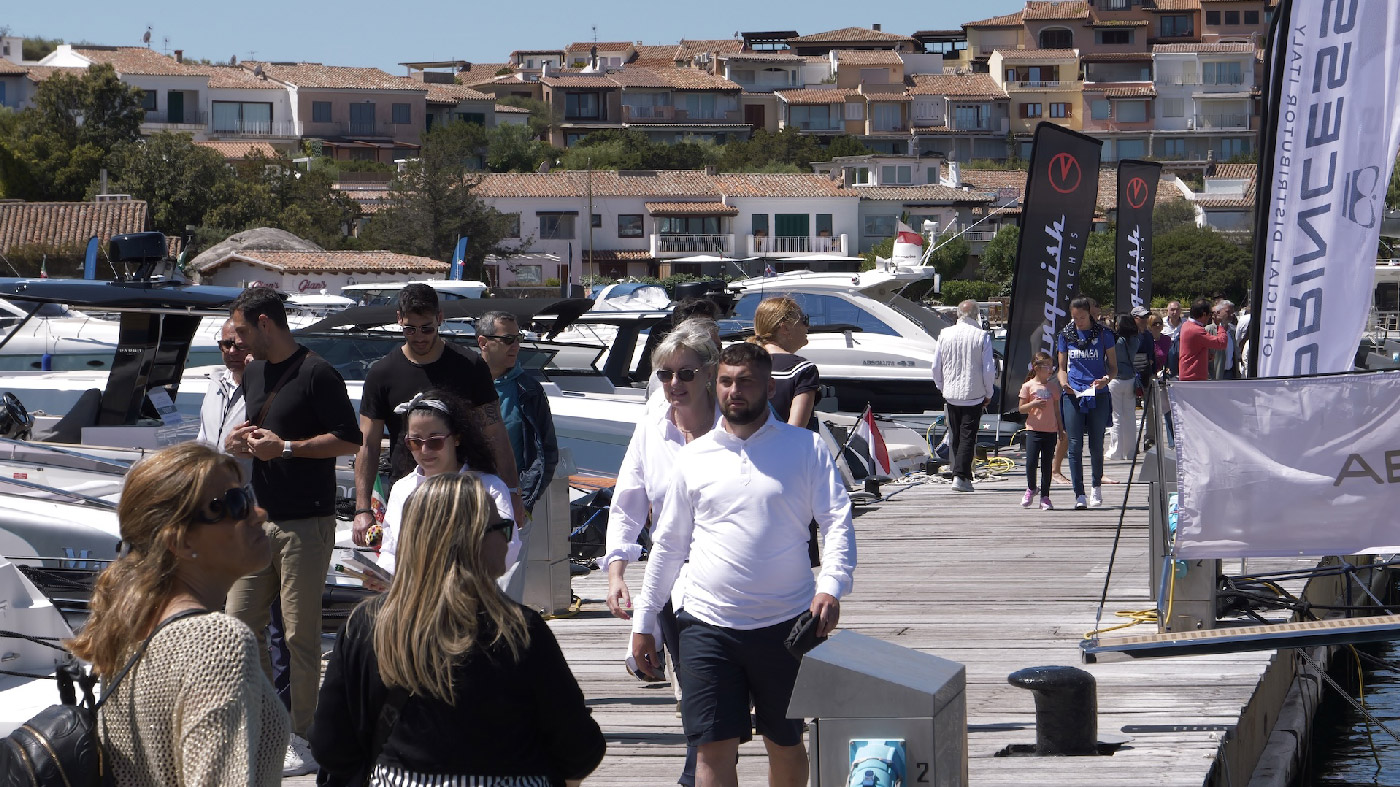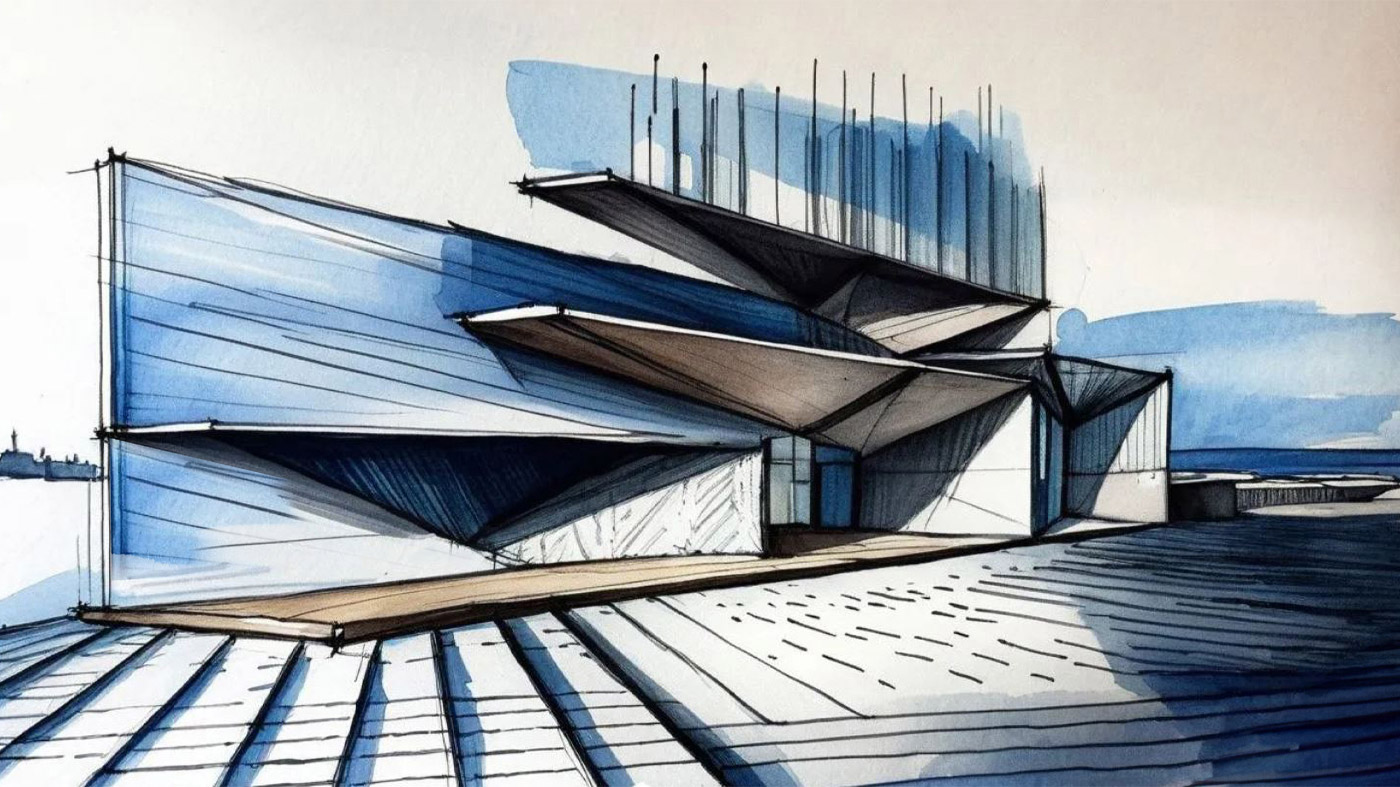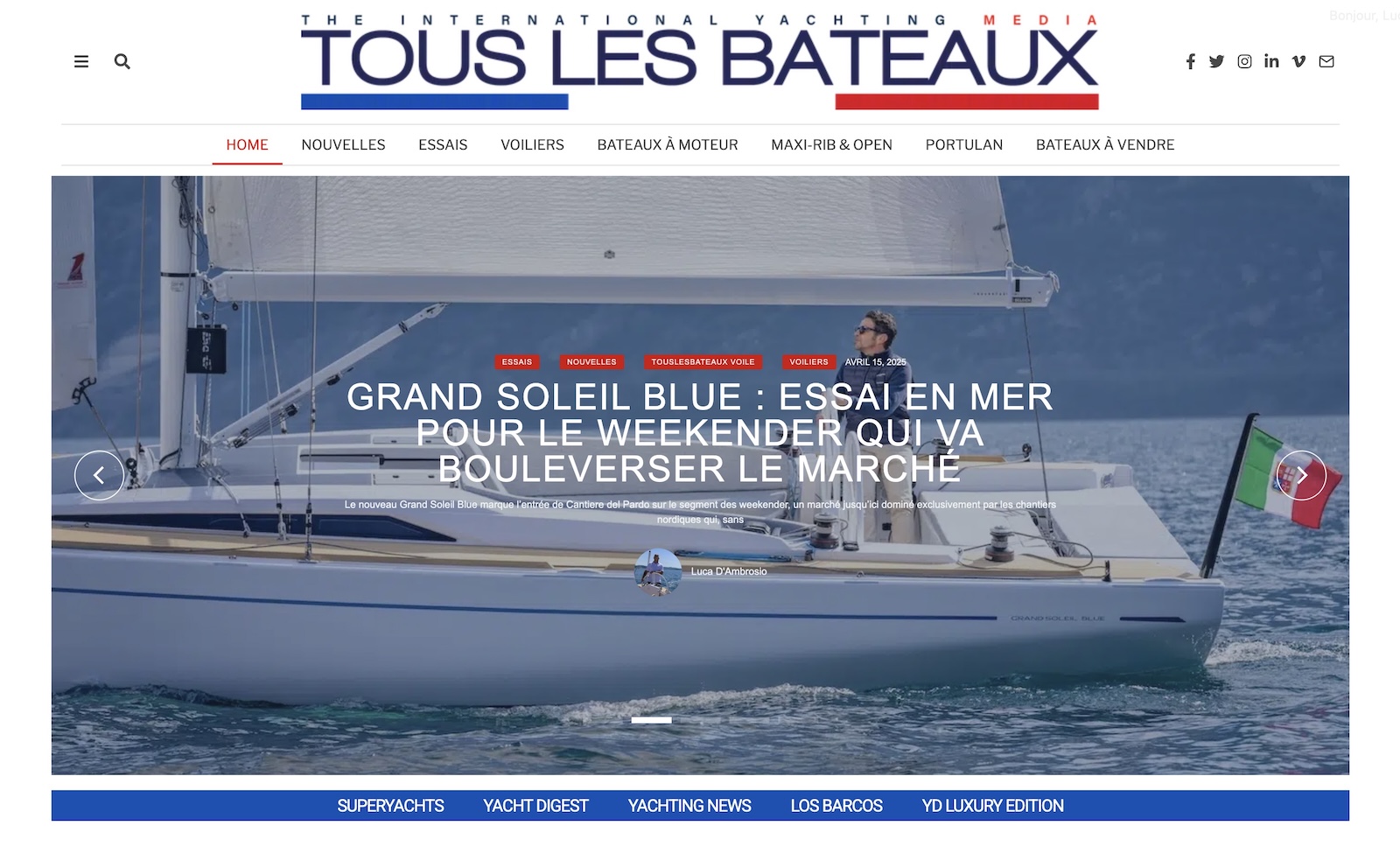This year again, the Cannes Yachting Festival is ready to open its doors. From September 6 to 11 a large number of gleaming yachts, sailboats and inflatables will welcome visitors moored at the various quays of the Vieux Port and Port Canto. For outsiders or buyers who have some free time on their hands, a tour of the surroundings is a must. Here is a small guide of what to do in Cannes during a break from the boat show.
Rue Meynadier
A 3-minute walk from the Cannes Yachting Festival.
Since the 16th century, the ‘Grande Rue’ or rue Maynadier has been traversed by horses and carriages. Today it is pedestrians-only. You will be greeted by the soaring plaque engraved with the street’s name.
An excellent alternative to the famous Croisette, it offers various shopping opportunities: flowers, perfumes, essential oils, macarones, truffles, calvados and anchovies from the Cantabrian Sea.
Along the street, there are numerous Provençal trattorias and patisseries where you can enjoy tartes and pastis.
Marché Forville
A 6-minute 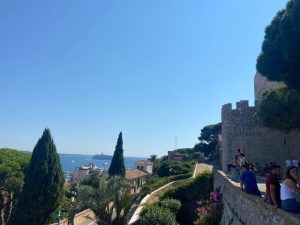
On Mondays, le Marché Forville transforms into a curious marché du brocante where you can find furniture and old-fashioned trinkets.
Suquet district
An 8-minute walk from the Cannes Yachting Festival.
The Suquet hill, the oldest district of the city, is an entire pedestrian area and can be visited by walking along the small winding streets that climb up to the old castle of Castre, now the Musée de la Castre that exhibits, among other works, paintings by post-impressionist Provençal artists. The symbol of the medieval castle is the square tower, not to be confused with the more famous Tour du Masque, which is located a few hundred metres lower down. The name ‘du Masque’ refers to the legend that a man, possibly the twin brother of King Louis XIV, was imprisoned here with his face concealed by an iron mask. The man, more likely a simple prisoner, died within the walls of the tower after years of hardship and without anyone ever finding out who he was. It seems that his ghost, mask included, still hovers in the tower.
Just beyond the Musée de la Castra stands the Gothic church Notre Dame de l’Esperance. The construction of the church lasted more than a century from 1521 to 1641 and was not consecrated until 1645 for the Feast of the Annunciation. Inside, one can admire the wooden statues of Saint Anne and Our Lady of Hope, the latter adored by the town’s fishermen for its thaumaturgic properties.
Iles de Lerins Sainte Marguerite and Saint Honorat
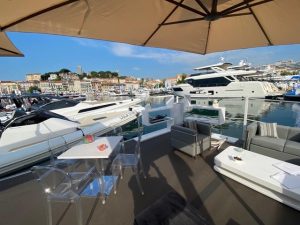
Hourly ferry. Crossing takes 15 minutes.
Ile de Sainte Marguerite and ile Saint Honorat form the Lérins Islands archipelago. Completely surrounded by greenery and rich in nature trails, they represent the other side of Cannes. Here, it is possible to forget the glossy, glittering atmosphere of the coastline by breathing in the salubrious air among the Aleppo pines and holm oaks or diving into the crystal-clear waters of the numerous bays.
In Sainte Marguerite, you can admire the Bateguier pond, the old Fort Royale from which the man with the iron mask escaped and was later captured and locked up in the Tour du Masque, and visit the Musée de la Mer .
The island of Saint Honorat, on the other hand, is a private island belonging to the monks of Lerin Abbey. You can walk along paths immersed in the woods and bordered by small streams and reach the five monuments that dot the island: the monastery tower, the Saint Sauveur Chapel, the Trinity Chapel and two cannonball ovens from the Napoleonic era.
Cannes will therefore surprise and entertain you as well, leaving you free to buy the boating market’s latest novelties.




















